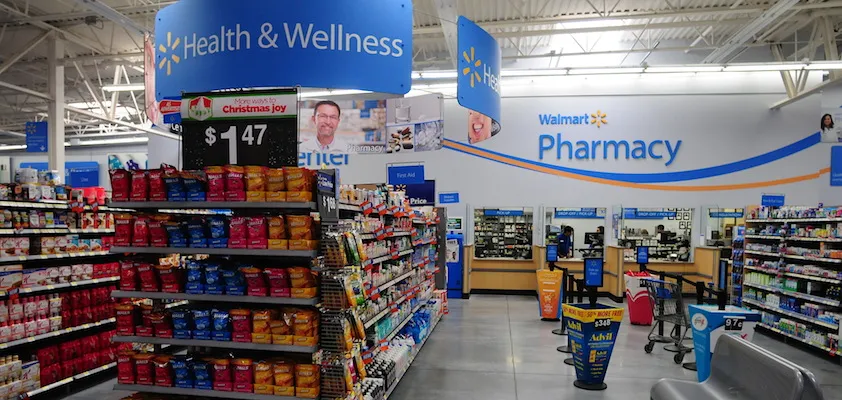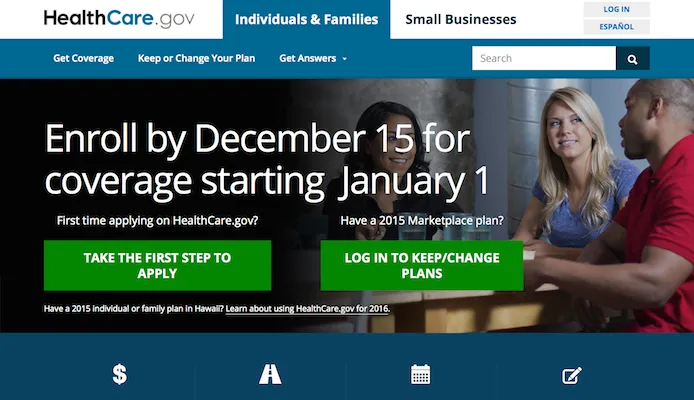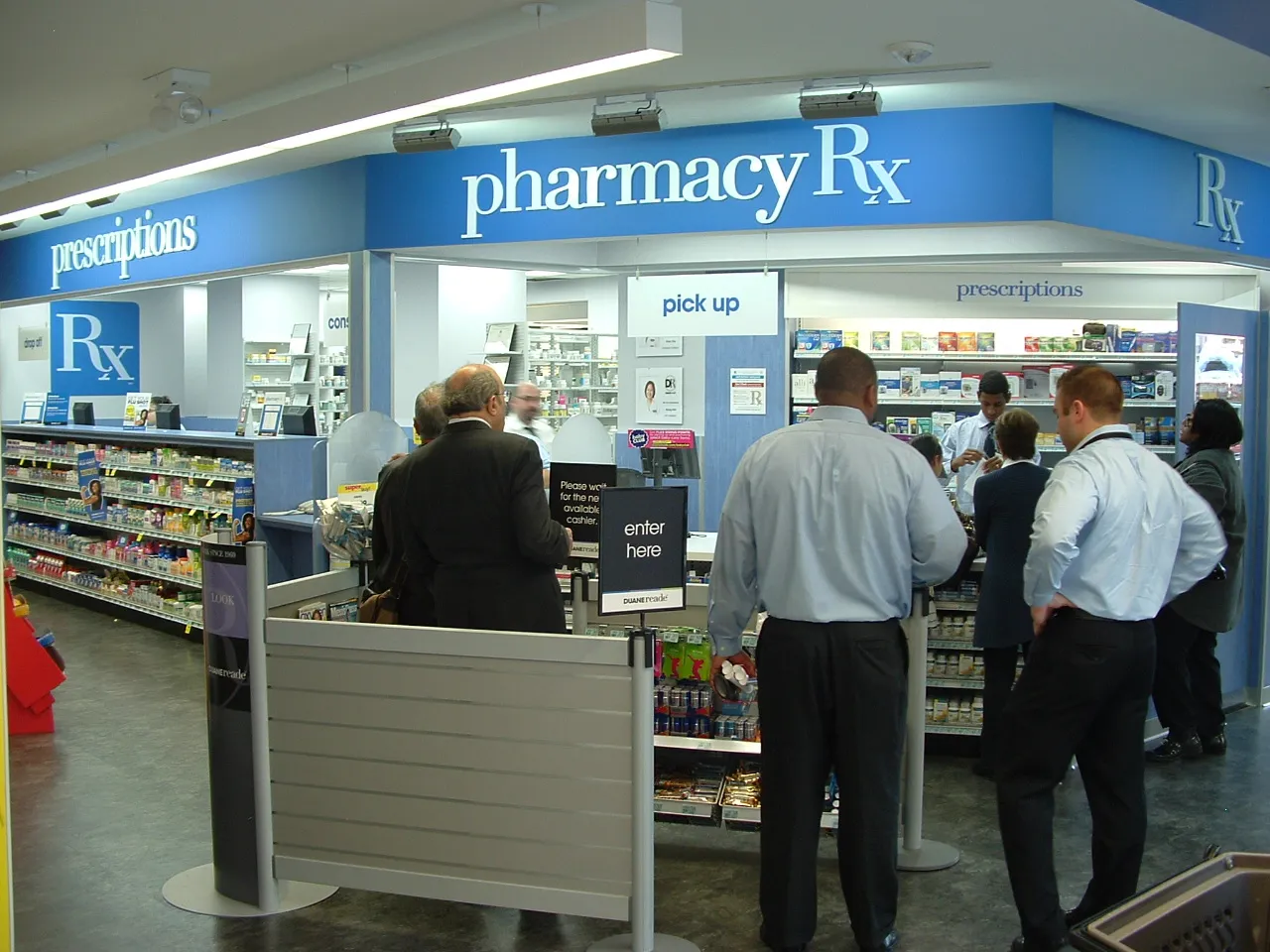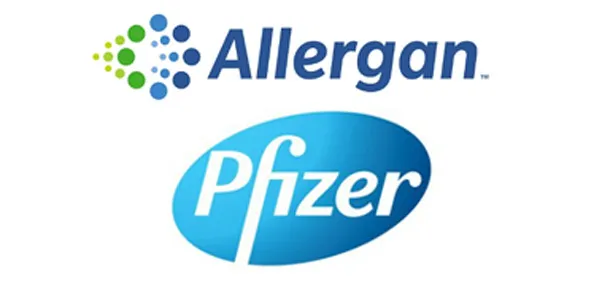When members of the National Association of Chain Drug Stores gathered at The Breakers in Palm Beach for the 2015 NACDS Annual Meeting last month, they brought with them a renewed sense of purpose and confidence in the meaningful contributions that community pharmacy is making to improve the U.S. health care system and meet many of the other basic needs of Americans.
In a speech concluding his tenure as chairman of the association, John Standley, chairman and chief executive officer of Rite Aid, told attendees, “Last year, when I began my term, I was struck by how these next few years will be a critical time for our industry. Health care is undergoing historic change, which is creating unprecedented demands on our business but also enormous opportunities to grow.”
The leaders of chain pharmacy are focused on the latter. Unlike other years in the not-too-distant past when talk about the seemingly intractable challenges facing the industry dominated public comments and informal conversations, attendees at the Annual Meeting spent the majority of their time talking about the unprecedented rate of change in both the health care and mass retail sectors, and what business partners need to do to remain relevant in the eyes of consumers. Discussions between retailers and suppliers ran the gamut from specifics about new products and merchandising programs to changing consumer demographics and shopping patterns, but bigger themes predominated.
The most prominent was the expansion of the community pharmacist’s role in health care and the proliferation of related services within the retail setting. Executives expressed justifiable pride in the steady growth in the availability of immunizations, medication therapy management, routine diagnostic testing and other services at their stores, and emphasized the potential for pharmacies to function as neighborhood health care centers at a time when there is a shortage of primary care doctors.
The related issue of obtaining provider status for pharmacists under Medicare Part B was much discussed. NACDS has made it one of its highest priorities on Capitol Hill. The work of the association and its members has helped bring about the introduction of legislation in both houses of Congress to achieve that end, and the bills have garnered increasing support. Once viewed as a long-term project, the push for provider status is gaining momentum and moving toward bipartisan consensus.
The impact of e-commerce and social media on the pharmacy and front-end businesses was another issue much on the minds of attendees. Technology has empowered consumers and vastly enlarged their options for obtaining goods and services. Going forward, it is incumbent on retailers and suppliers to provide a seamless omnichannel experience and harness technology to build relationships with customers on an individual basis or become obsolete.
Talk at the Annual Meeting inevitably extended to individual companies, none more so than Walgreens, which at the end of last year finalized its merger with Alliance Boots. How the creation of the global pharmacy and drug wholesale enterprise that emerged from the deal, known as Walgreens Boots Alliance, will alter the iconic U.S. drug chain and its relationship with suppliers was the subject of much speculation.
Steffano Pessina, WBA’s vice chairman and acting CEO, has said that the process of bringing two companies together always transforms both. As detailed elsewhere in this issue, substantial changes in the way Walgreens runs its business are already in the works. Many people, at WBA and in the industry as a whole, have a lot riding on how they pan out.
The emergence of WBA, together with other recent mergers and acquisitions involving health care providers and CPG makers, prompted many predictions that more transactions are likely. There was broad agreement that pressure to deliver products and services as efficiently as possible, especially in health care, and the importance of scale in achieving that objective will trigger more consolidation, with companies seeking to strengthen their position through vertical as well as horizontal expansion.
The accelerating pace of change throughout the industry will no doubt result in casualties, but for companies nimble enough to respond effectively, the developments highlighted at the NACDS Annual Meeting should open the way for greater success in meeting the needs of customers.









